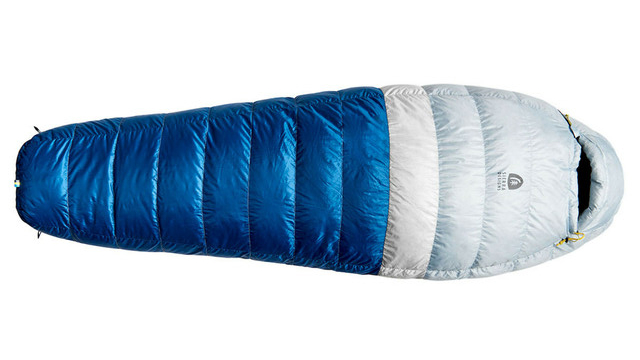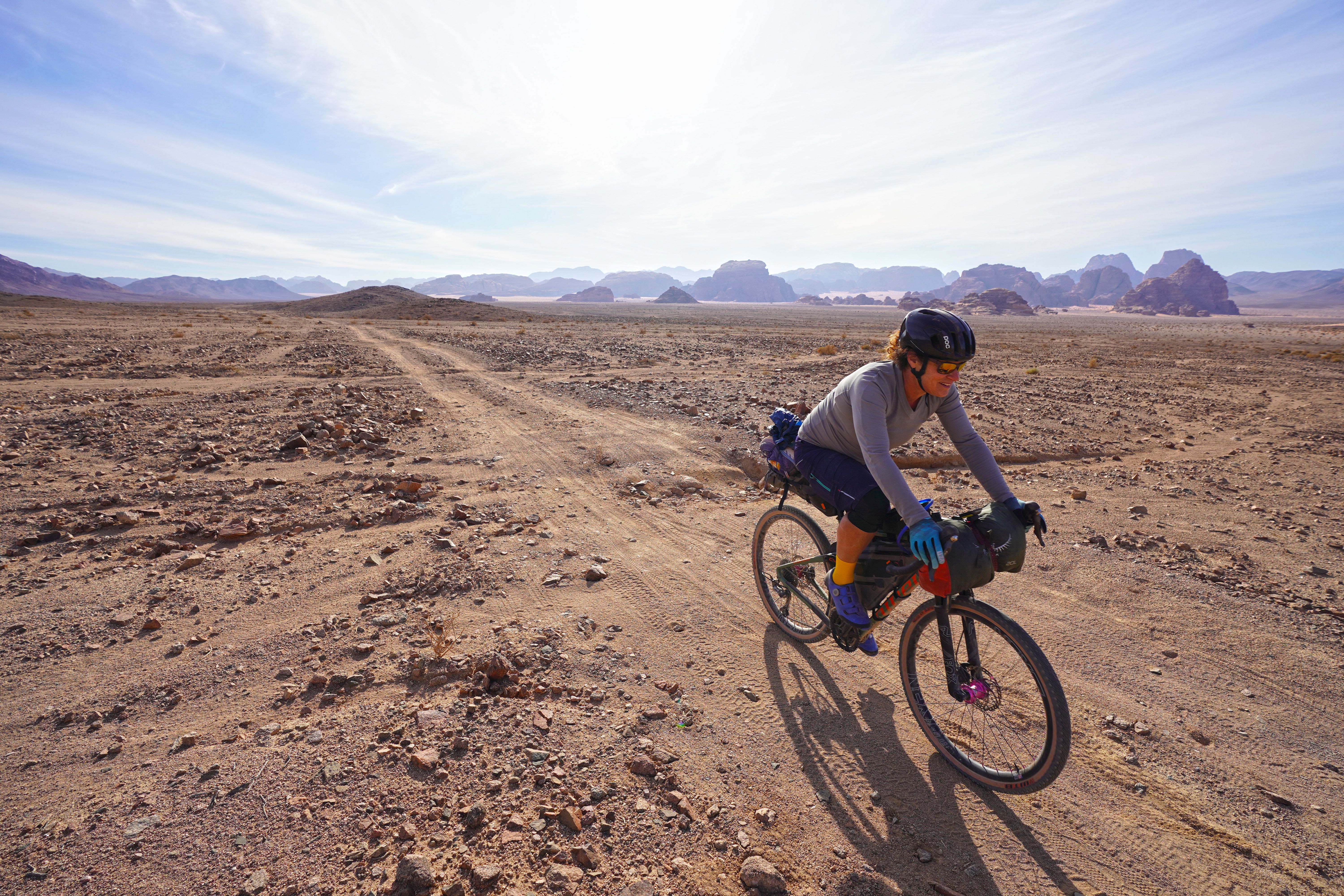Advnture Verdict
Clean, green, cozy and comfortable for 3-season use in almost any scenario, this is a decent down bag, available for a good price.
Pros
- +
Ultra-affordable down bag
- +
Small face opening seals in warmth
Cons
- -
Zipper from neck to hood hard to operate from inside
You can trust Advnture
Sierra Designs Women’s Get Down 20°: first impressions
Manufactured with a low impact on the environment, the Sierra Designs Women’s Get Down 20° is cozy, comfortable and light, and also gentle on the planet (part of the reason it features in our Best women’s sleeping bags article). This 500-fill, three-season bag uses a water-repelling down that’s PVC-free that also meets the responsible down standard.
The bag’s three-quarter zipper is anti-snag for easy use, and it is placed closer to the ground than in other bags, so that sleepers can fold back the top for a kind of venting that feels more like your bed at home. It comes with a stuff sack.
• RRP: $180 (US)
• Weight: 1,120g / 2lb 8oz
• Length: 188cm / 74in
• Max user height: 173 cm / 5ft 8in
• Pack size: 20 x 43cm / 8 x 17in
• Fill: 550 fill power DriDown that is PFC-free and is certified to the Responsible Down Standard
• Comfort: -5°C / 23°F
• Limit: -11.67°C / 11°F
• Compatibility: Three season camping and exploring
In the field
Sometimes three-quarter zip bags can feel confining, but this one did not. Partly that’s because the zipper is lower to the ground, so when I opened it all the way, I was able to fold the top of the bag back more completely than other bags with a partial zip (see: How to choose a sleeping bag).
The polyester taffeta liner was silky soft and felt cozy, not cold on my skin. And the zipper didn’t snag when I zipped and unzipped it during the night. When it was chilly, I cinched the hood down to seal in heat.
Sewn-in hang loops at the foot let me hang this bag to air or for storage when I wasn’t using it. The bag had a generous but not sloppy fit with a spacious foot box (there‘s more on finding the right shape for you in our Types of sleeping bag article).
I wasn’t swimming in it, but I was able to change positions during the night without feeling cramped. Side sleepers take note, however: the lower-positioned zipper can be uncomfortable if it ends up under your hip or shoulder. And the weird hand pocket would be better replaced with a zip pocket to hold a headlamp.
Vermont-based writer, photographer and adventurer, Berne reports on hiking, biking, skiing, overlanding, travel, climbing and kayaking for category-leading publications in the U.S., Europe and beyond. In the field, she’s been asked to deliver a herd of llamas to a Bolivian mountaintop corral, had first fat-biking descents in Alaska, helped establish East Greenland’s first sport climbing and biked the length of Jordan. She’s worked to help brands clean up their materials and manufacturing, and has had guns pulled on her in at least three continents.


